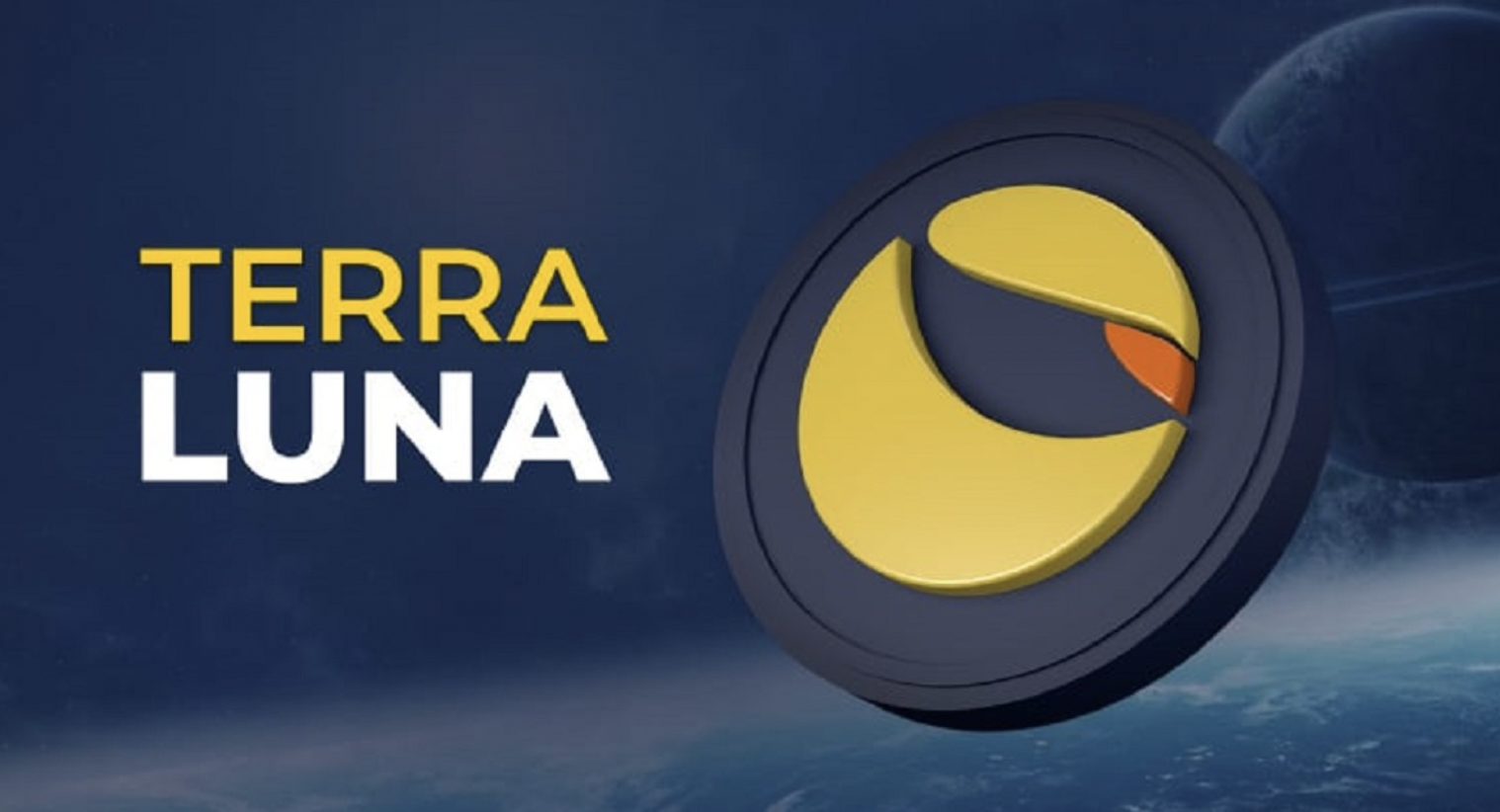
Terra Protocol and its ecosystem have been at the forefront of the cryptocurrency market for a few days now, and not without a reason. UST – the protocol’s algorithmic stablecoin – lost its peg and dropped to around $0.30. Meanwhile, LUNA – the other cryptocurrency in the ecosystem – crashed by over 90% in a few days to reach a low of around $4 (on Binance).
This article attempts to explain what happened to both cryptocurrencies and why it might be challenging to get out of this situation. To do so, it’s important to understand how the algorithm that’s supposed to maintain UST’s 1:1 dollar peg works.
How Does the UST Algorithmic Stablecoin Work?
As explained above, the protocol consists of two main tokens: Terra (UST) and Luna (LUNA).
Users are able to mint UST by burning Luna at the Terra Station portal. The official documents of the protocol provide a couple of examples that make it relatively easy to understand how the dynamics can play out in theory.
Imagine the whole Terra economy as two pools: one for Terra and one for Luna. To maintain the price of Terra, the Luna supply pool adds to or subtracts from Terra’s supply. Users burn Luna to mint Terra and burn Terra to mint Luna, all incentivized by the protocol’s algorithmic market module.
It’s worth noting that this is conceptually different than regular stablecoins like USDT or USDC that are backed by fiat or fiat equivalents.
To make it easier to digest, imagine that the price of UST is currently 1.01 USD. Users can then use the swap feature of the Terra Station and trade 1 USD worth of LUNA for 1 UST. The market would burn 1 USD of Luna and mint 1 UST. Users can then sell their 1 UST for 1.01 USD – profiting 0.01 USD in the process.
Now imagine the opposite – UST trades at 0.99 USD. Users are able to do the opposite – swap 1 UST for 1 USD of Luna. The swap burns 1 UST and mints 1 USD of Luna – users profit .01 UST from the swap.
The bigger the difference to the peg is, the more profitable the arbitrage would be. In theory, if the peg is lost and the price of UST crashes below 1 USD, users can burn UST for LUNA and sell at a greater profit.
However, this also means that UST’s market cap should be below that of LUNA’s because the opposite would mean that a hypothetical Terra bank run (read: redeeming UST for LUNA) would disallow some users to be able to redeem $1 worth of UST for $1 worth of LUNA.
In the past few days, all the above hypotheses became reality.
UST’s Peg Disappears, LUNA’s Price Plummets Over 90%
Over the past few days, certain events unfolded, causing a cascade of issues for the Terra ecosystem. This is what the UST (remember – it’s supposed to be a stablecoin pegged 1:1 with USD) chart looks like (on Binance):

The UST price dropped to a whopping 0.225 USDT on May 11th, meaning that what was meant to be a stablecoin lost almost 80% of its value in a few days.
This is what the LUNA chart looks like at the same time:

The price crashed to around $4 (on Binance) on May 11th, charting a decrease of roughly 90% in the past few days.
Speculations are running rampant as to why this happened, and Do Kwon – Terra’s CEO, is yet to come up with a formal explanation.
On May 9th, However, he explained in a detailed thread that the Luna Foundation Guard Council voted to deploy $1.5 billion in capital – in BTC and in UST – to defend the peg.
Two days later, and with a lot more volatility than what was perhaps factored in, UST is trading at 50% of its peg value while LUNA continues to crash.
The problem is that so long as the price of UST is below its peg, this creates an arbitrage opportunity for users to burn UST and mint LUNA. Do Kwon already mentioned that they are working on a recovery plan, but there is nothing official as of the time of this writing.
